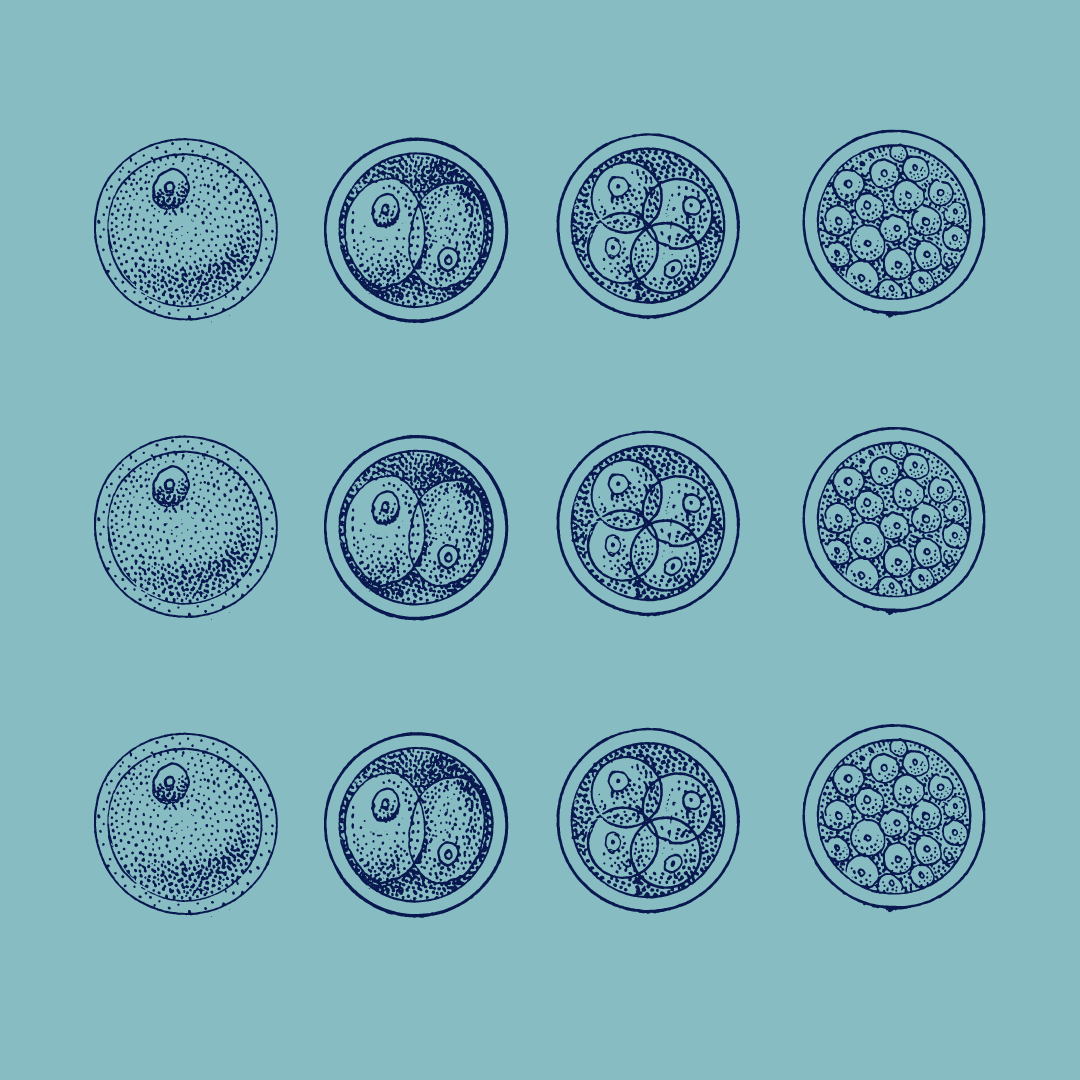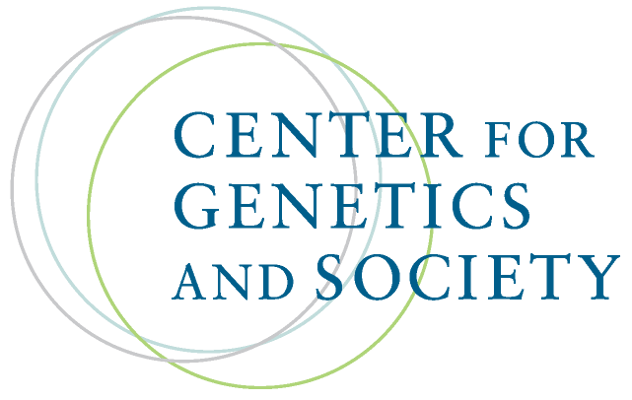Aggregated News

On June 24, 2022, the same day the Supreme Court issued its decision in Dobbs v. Jackson Women’s Health Organization, I received a call from the fertility clinic where I’d been undergoing in vitro fertilization, informing me that seven of my fertilized eggs had made it to the five-day-old blastocyst stage.
The next morning, I went to the clinic, lay down on a table and watched on a black-and-white screen as one of the seven — the one the embryologist had deemed the most likely to develop into a child — was transferred into my uterus. It was an unsettling moment to find myself responsible for half a dozen embryos. The Supreme Court’s ruling was, first and foremost, about abortion. But it was also, explicitly, a statement about the importance of “potential life,” a phrase that appears repeatedly in the opinion. Such a ruling in our political environment would surely set in motion some unexpected and, in some cases, unintended consequences.
An embryo, in medical terms, is a fertilized egg through the eighth week after fertilization. At that point, the...



